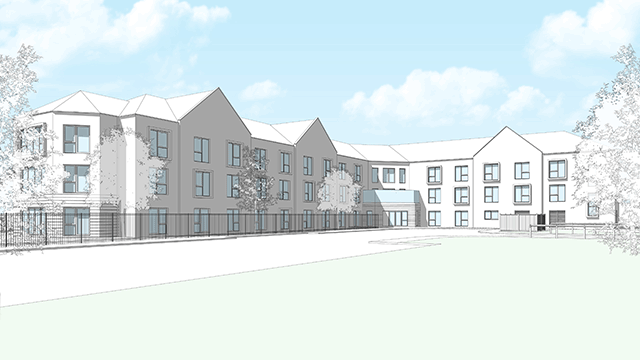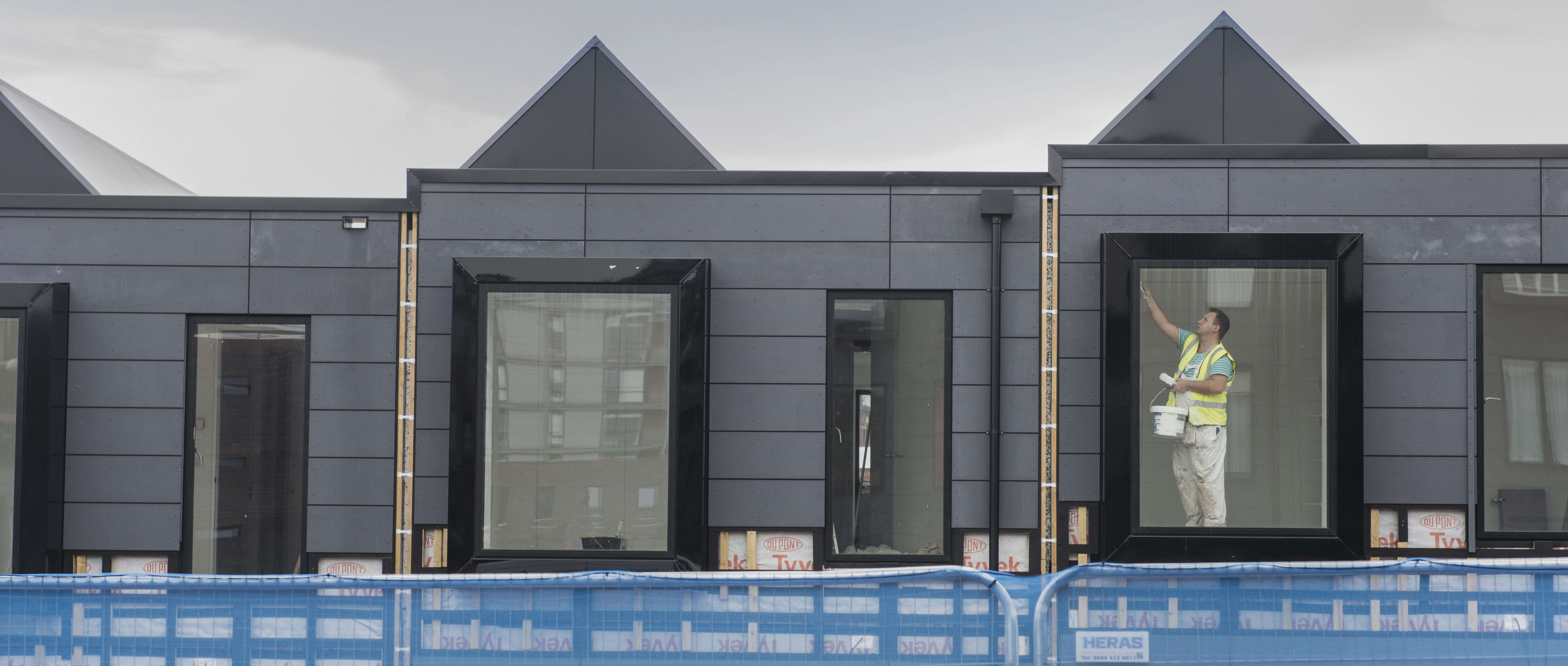Modular housebuilding was born out of Britain’s desperate need for a quick-fix solution to its housing crisis after the Second World War, but this method soon lost appeal as people started to view modular homes as cheap, low-quality and undesirable places to live.
Fast forward to today, and modular housing is again being hailed as a solution to the UK’s persistent housing problem. But the rekindled interest in the sector has not come without its challenges.
There are numerous examples of businesses that have invested in modular construction methods, only to make significant losses.
Just this week, Northern Irish modular housebuilder McAvoy posted a £1.8m loss before tax, while most notably, Legal & General revealed that its modular homes division had taken a £20.6m hit, building on from losses from the previous year which stood at more than £46.15m.
Cast Consultancy chief executive Mark Farmer, who called for greater use of offsite construction in his damning industry report Modernise or Die, says that L&G’s results do not “look as though it’s a healthy story” for the modular housing sector, and demonstrates that its “pretty tough” to set up a modular manufacturing business in the UK at present.
“The market is still in transition, so the acceptance of offsite housing in the UK development and residential market is still haphazard,” Farmer says. “The L&G story signifies that there is a lot of technical complexity setting up a business from scratch. They didn’t acquire an existing business, they took a leasehold on a big empty factory and decided to create a blueprint from scratch. That has been costly and pretty complex.”
However, this case study presents an opportunity for lessons to be learnt, Farmer argues. “This story is not necessarily a story that shows modular sector in the UK is failing. I think its symptomatic of the fact that this is a transitional period, and people are having to make sometimes expensive mistakes to set things up.”
But this bad news story could potentially spook investors looking at the market, warns JLL head of living research, Adam Challis. L&G is “clearly[…] showing difficulties in getting set up”, he says, which could potentially slow down wider investment into the sector.
He says it also demonstrates that “innovation is really difficult, particularly in an industry that is still performing very well. The traditional housebuilding is an incredibly profitable sector, and as a result, disrupting it with innovation is challenging.”
Shareholders are also another obstacle, says Challis, as they are less likely to support volume housebuilders entering into the modular market in the current climate. “Shareholders in the current market are more likely to punish rather than reward a big pivot towards modular delivery,” he says. “The activity we see for the most part is a hedge against an inevitable switch that is required, but in the current market, [this] certainly wouldn’t be justified with a share premium.”
Building to scale = profit
One company Farmer says is an example of a trailblazer in the sector is Ilke Homes. Ilke Homes specialises in the latest offsite manufacturing techniques, and set up a factory between 2017-2018, when it piloted its modular housing model.
In May, the company inked a £100m deal with Places for People to deliver 750 modular homes, which was hailed by chair of Homes England Sir Edward Lister as exactly the kind of innovation needed “to disrupt the housing market and meet the country’s housing demand”.
But in its latest financial results, Ilke homes too reported a £7.7m loss.
The company’s executive chairman Dave Sheridan says the biggest challenge in establishing a modular housing business is the investment that is needed in the beginning: setting up a factory, recruiting a workforce, and footing the bill for factory overheads.
“You need scale – when you do modular it’s not like being on a construction site. You’ve got fixed costs, so you’re going to have to be efficient. You’ve got a route to market[…] you need to have outlets for your product to go to. And you need, like Places for People, partners who are tuned into you, are trying to achieve.”
Sheridan insists that the business will be profitable imminently as its pipeline grows and the company can build to scale.
For this financial year, Sheridan estimates the company will build more than 500 homes. Next year, Sheridan says more than 1,500 homes (with capacity to build an extra 500 if more deals are secured) will be built; 3,000 homes will be built within the next three years; and 5,000 homes in the next five.
A helping hand
As Farmer says, recent reports of companies taking a hit to the balance sheet in their pursuit of modular housing solutions does not paint a healthy picture of the sector.
For the UK to mature successfully, Challis says that developers need to grasp the importance of designing a high quality product. Systematic failures can occur if there are faults in the product in the manufacturing process – if this occurs, this could be the “death knell for the sector before it really gets going”, says Challis.
“Thinking about that through the prism of Grenfell, we simply cannot as an industry expose tenants and homeowners to any of that kind of risk,” he says.
Farmer, meanwhile, says government has a role to play in driving demand for modular housing. He says there are already some “light-touch government interventions” starting to happen, citing the Sekisui House and Urban Splash deal as one such example: £30m of equity and debt was invested by the government’s Home Building Fund into the £90m deal.
“I think the government has a role to play in pump priming this as an emerging market,” Farmer says, adding that one of the biggest steps the government could make to support the sector is to exert influence on local councils, combined authorities and housing associations to drive demand for modular housing by using this method of construction in its developments.
Although modular housing may indeed be enjoying its second coming as the sector begins to enter the mainstream, developers must brace themselves against the possibility of taking a hit in the early days.











